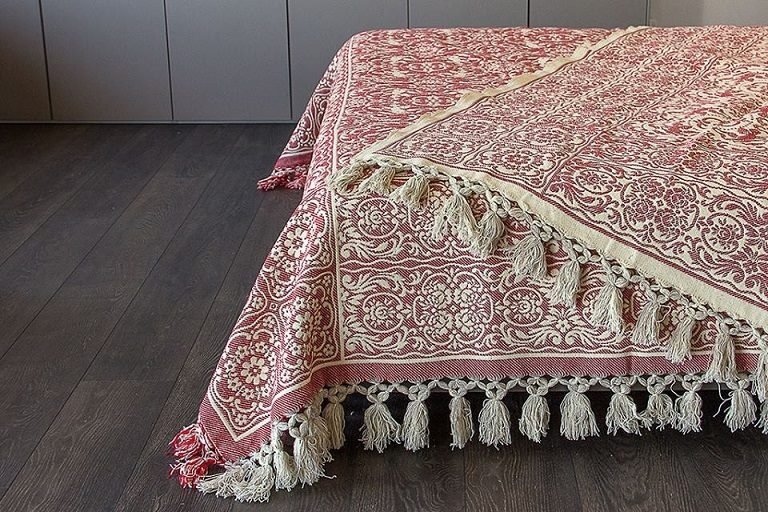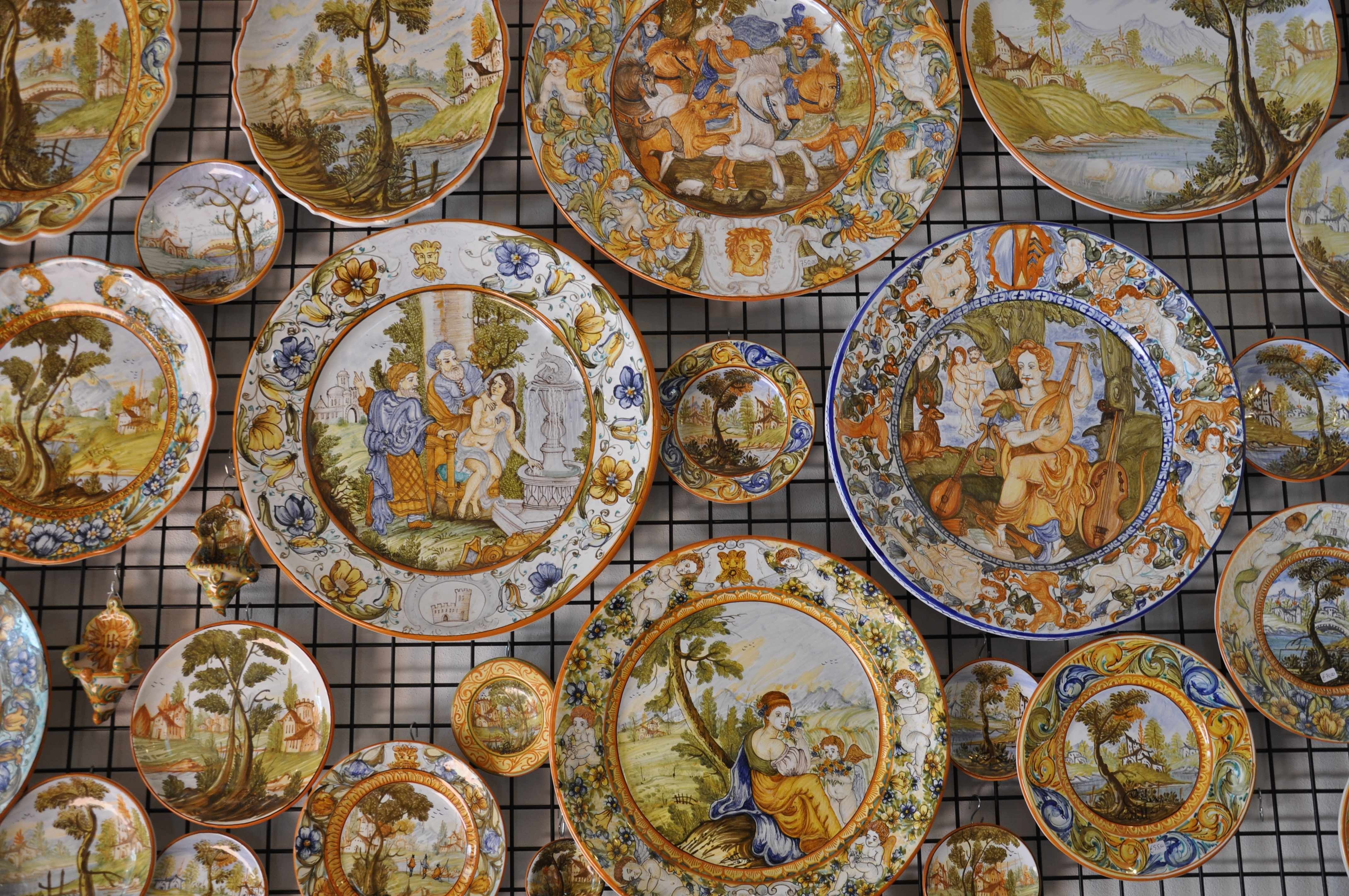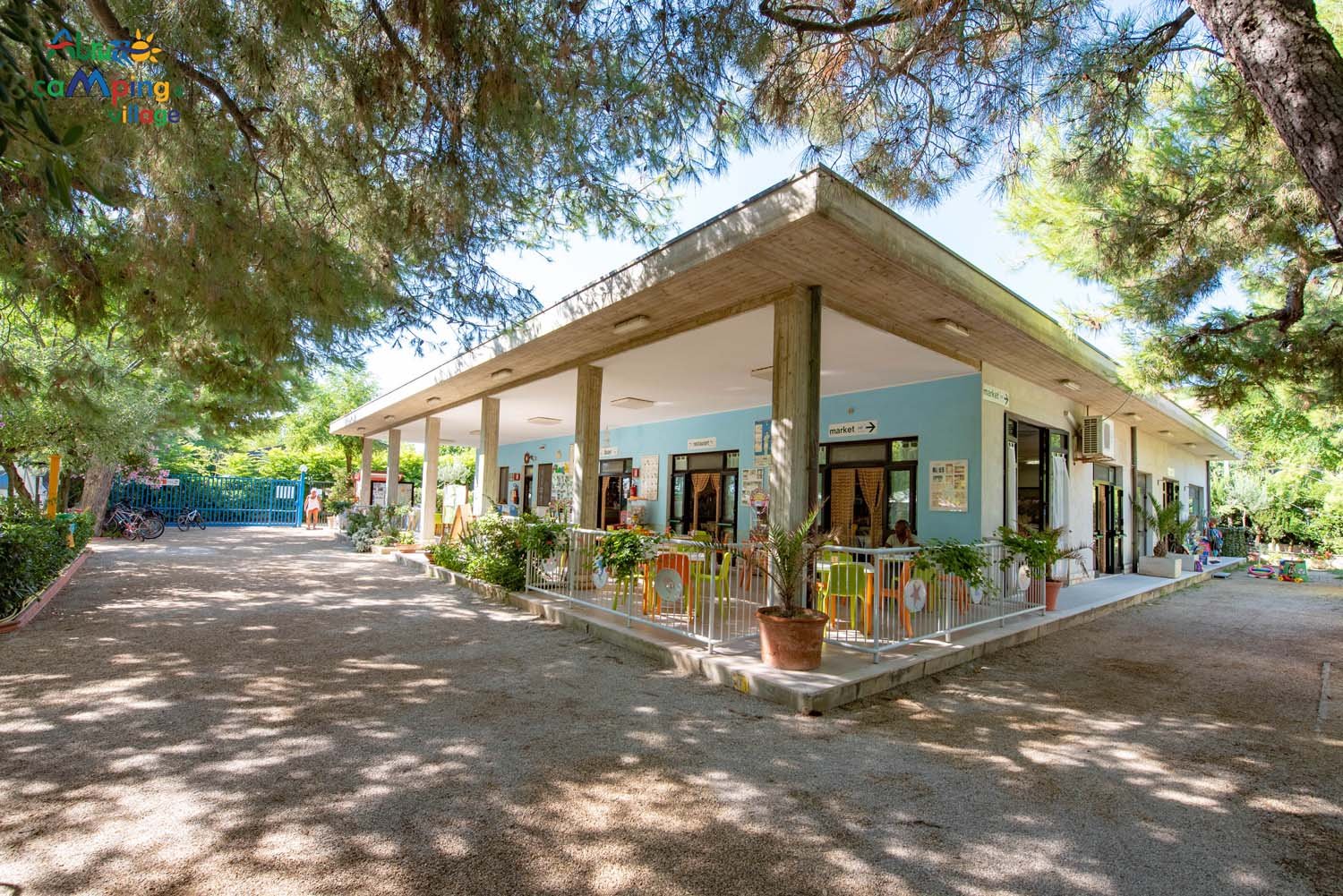The Abruzzi blanket
You recognise it immediately: beautiful, heavy, woven with real wool in typical colours, the weave designs floral and geometric motifs or the famous angels with great harmony and elegance of decoration. You recognise it because of the fringes that are the pride of the craftsmen who weave them at home, precious, rich, a small masterpiece in itself; and you recognise it because it has no back or front.
The textile art that gave rise to this particular blanket has an ancient history that goes back to the Middle Ages and is linked to the life of mountain peoples who lived off sheep farming: while the men were away for long periods, the women stayed at home weaving.
Weaving developed above all in Taranta Peligna, a small town located in the Majella Park, which enjoyed a privileged position between two important trade routes: the tratturo Magno where the flocks travelled, and the Via della Lana that connected Florence and Naples. But the abundance of the necessary raw materials also played an important role: pure water springs, timber, and dyeing plants were indispensable in the process of dyeing wool, which had to be boiled in large vats with the mordant and the various plants, each chosen for its colour shade.
Already in the late Middle Ages, there are records of wool mills and the town soon became a flourishing commercial and textile centre. Taranta Peligna became famous throughout Europe because the felted black wool cloth used for the capes of the Bourbon army was made there, as well as the 'ferrandine' fine wool and silk fabrics for carpets, tapestries and blankets.
The 19th century saw the birth of the famous Abruzzi blanket, an indispensable piece of the bride's trousseau. Production went on for centuries, maintaining the characteristic decorations and quality of the materials intact.
Today, it is still possible to find these valuable handicraft products made with the same care and skill thanks to the 'fringe experts' who still hold the particular ability to complete the blanket and to the work of the last wool mill still active, a survivor of a millenary tradition.

 IT
IT EN
EN







 DE
DE